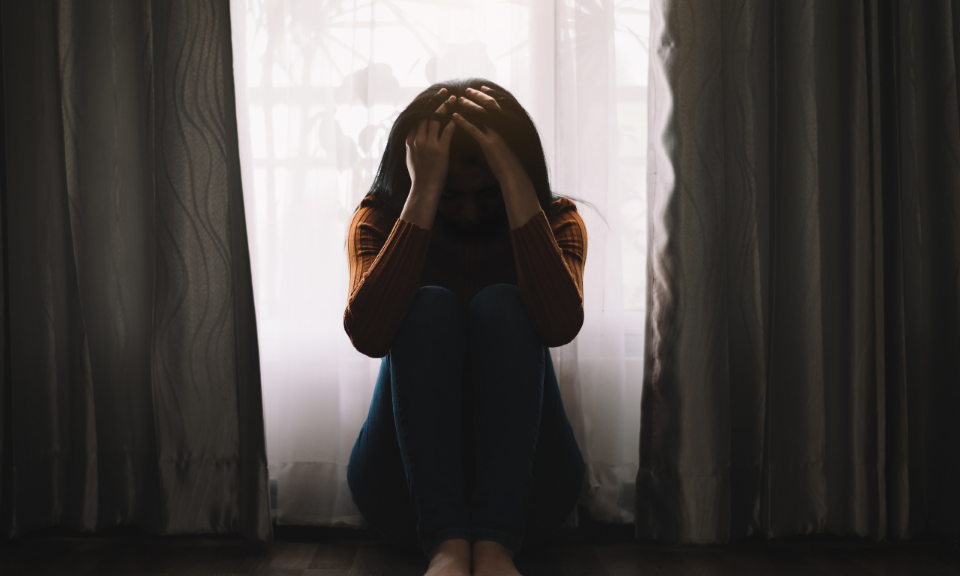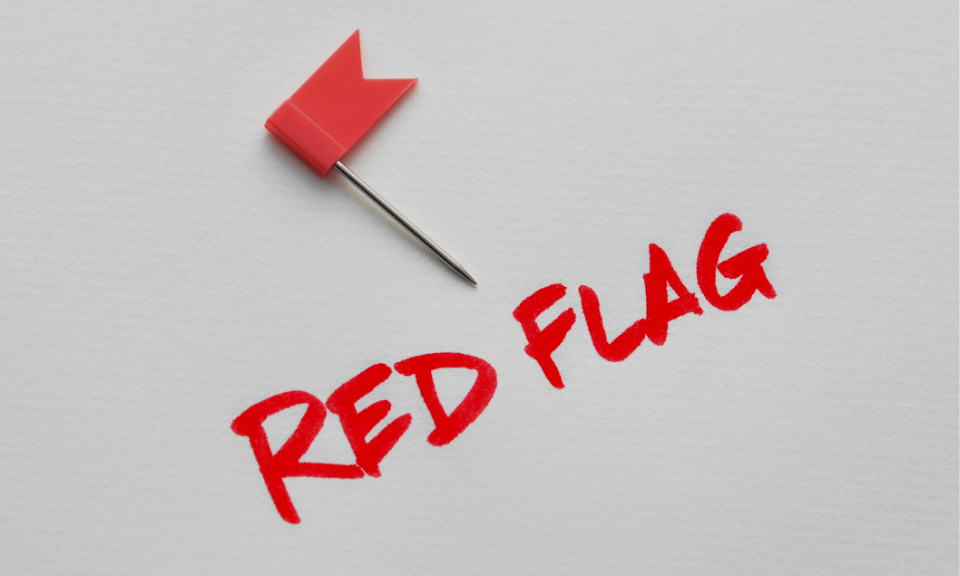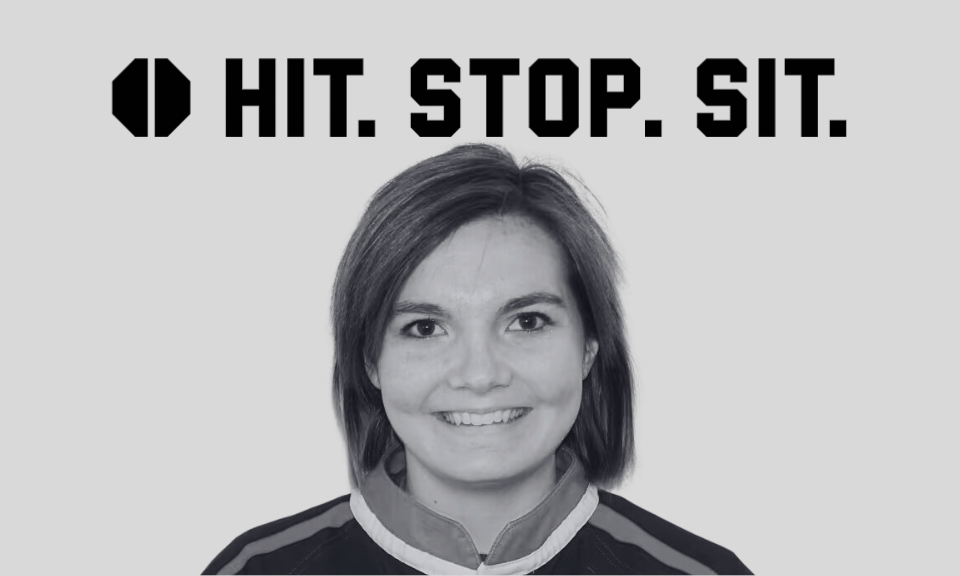Concussion InformationLearn how to recognize and respond, concussions can happen to anyone. |
What is a Concussion?A concussion is a mild traumatic brain injury (mTBI). It is caused by acceleration or deceleration of the brain within the skull following an impact to the head, face, neck, or body that disrupts normal brain functioning. |
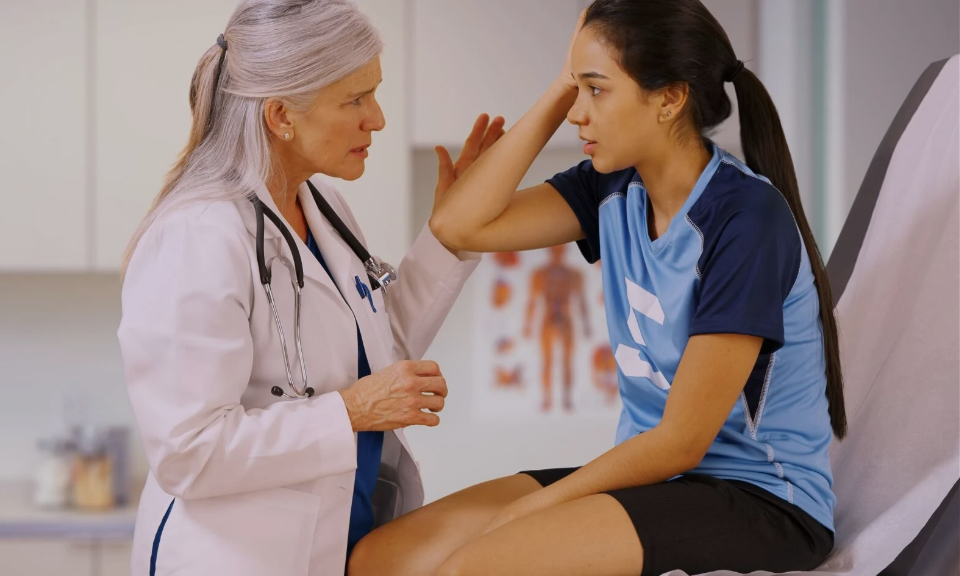 |
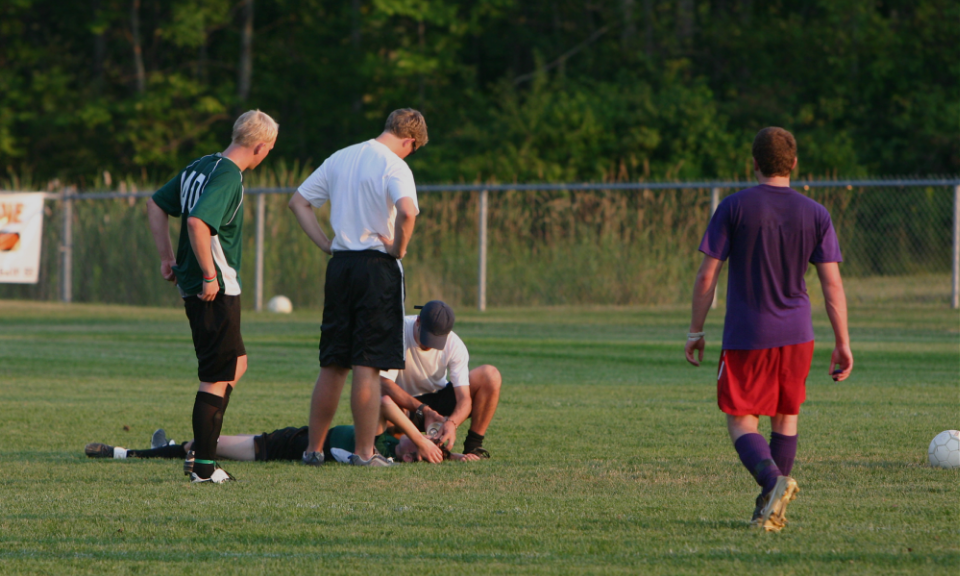 |
Sport Related Concussion"A Sport Related Concussion (SRC) is defined as a traumatic brain injury caused by a direct blow to the head, neck or body resulting in an impulsive force being transmitted to the brain that occurs in sports and exercise-related activities. This initiates a neurotransmitter and metabolic cascade, with possible axonal injury, blood flow change and inflammation affecting the brain. Symptoms and signs may present immediately, or evolve over minutes or hours, and commonly resolve within days, but may be prolonged." Learn more about the ‘12 Rs’ of a SRC. |
RecognizeRecognizing the signs and symptoms of a concussion is important because a concussion doesn’t show up on imaging like an X-ray, CT, or MRI scan and there is no objective test, like drawing blood or saliva, that can determine if an individual has a concussion. If someone experiences an impact to the head, face, neck, or body, and either shows observable signs or reports symptoms of a potential concussion, it's crucial to consider the possibility of a concussion. |
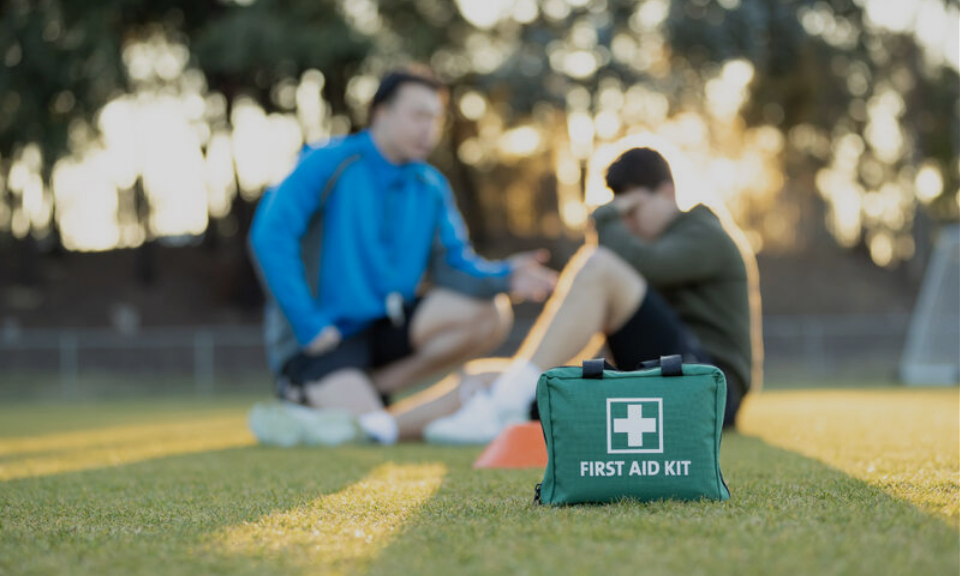 |
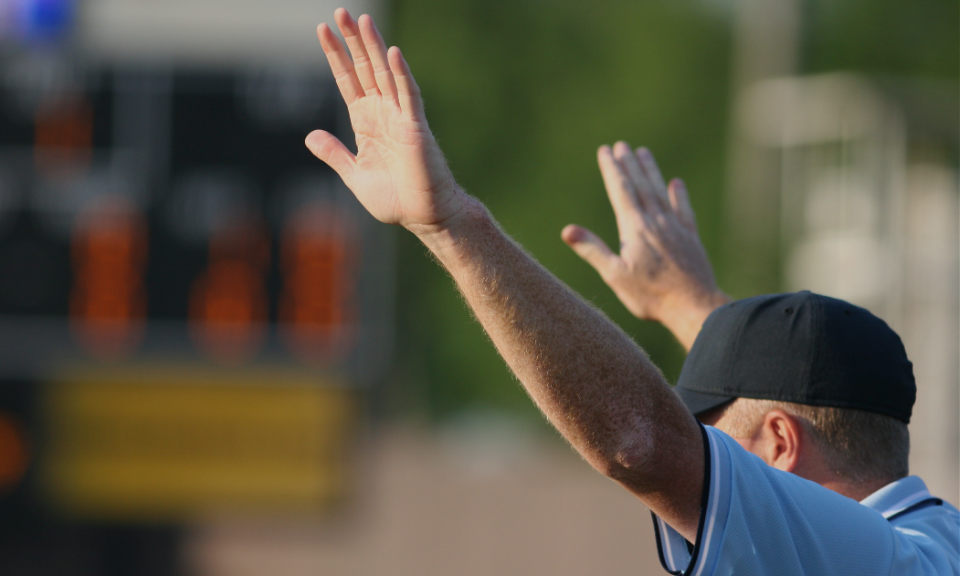 |
Suspected ConcussionIn all cases of suspected concussion, the person should stop the activity right away. Continuing increases their risk of more severe, longer-lasting concussion symptoms, as well as increases their risk of other injury. |
RespondIt's essential that anyone suspected of having a concussion be removed from the activity immediately and undergo medical assessment as soon as possible. Depending on the suspected severity of the injury and access to medical services, an initial assessment may be completed by emergency medical professionals or by an onsite licensed healthcare professional, where available. In cases where any red flags are present, emergency medical assessment by emergency medical professionals should take place. |
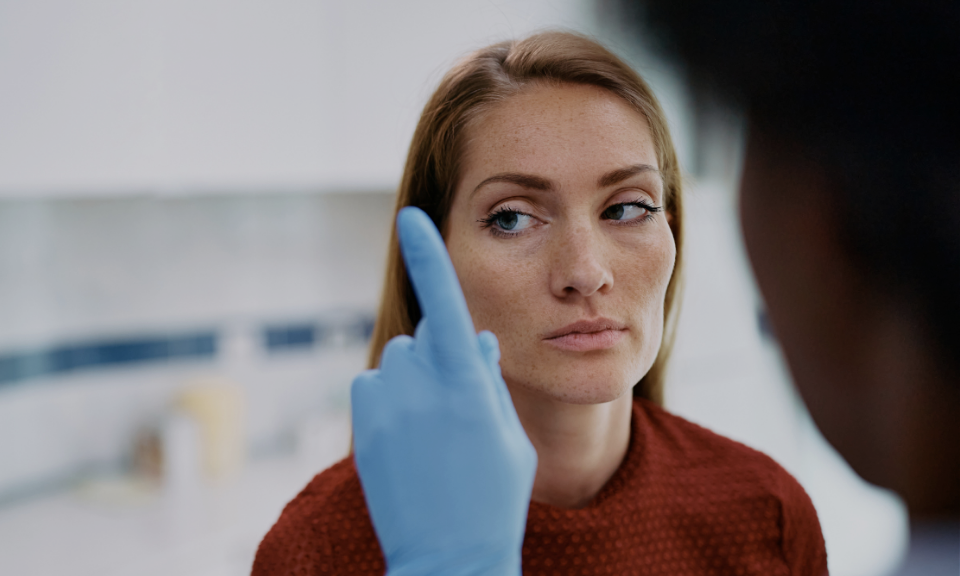 |
Signs & SymptomsConcussion signs and symptoms are the brain’s way of showing it is injured and not functioning normally. |
Concussion SignsWhat someone could observe about an individual. |
Concussion SymptomsWhat someone is experiencing or feeling. |
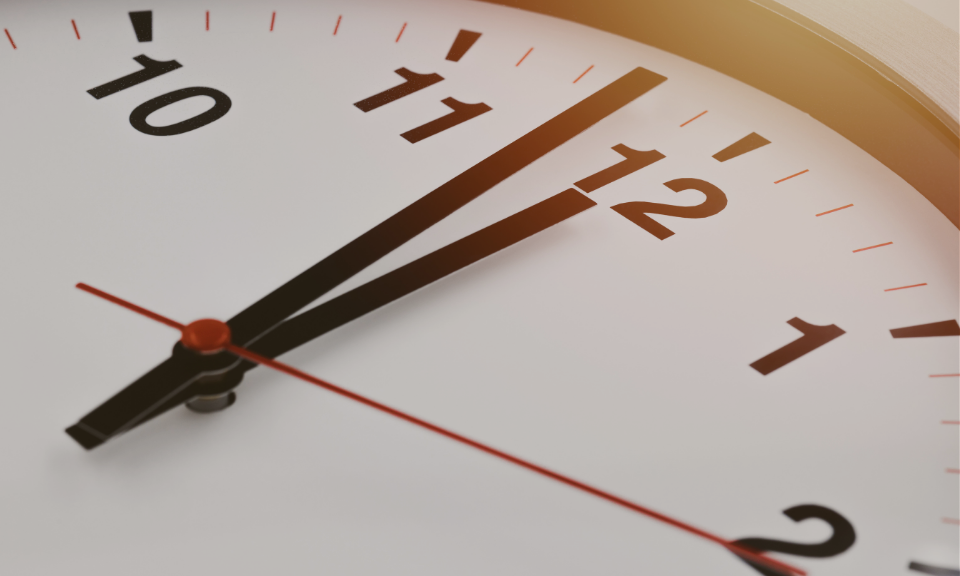 |
Delayed Signs & SymptomsIf an individual is removed from an activity after an impact as a precaution but shows no immediate signs or symptoms of a concussion, it is recommended that they avoid returning to activity for at least 48-hours. Concussions do not always cause symptoms right away, and delayed onset can make them challenging to recognize and manage. This delay is influenced by various factors, including the severity of the injury, the individual’s age, previous concussion history, and other underlying health conditions. During this time, the individual should limit physical activity and be monitored closely for any developing signs or symptoms. If no signs or symptoms appear within the 48-hour period, they may safely resume their normal activities. |
DiagnosisA concussion is diagnosed only by a licensed medical doctor or nurse practitioner. In geographic regions of Canada with limited access to medical doctors and nurse practitioners (i.e., rural, remote or northern communities), a licensed healthcare professional, such as a nurse with pre-arranged access to a medical doctor or nurse practitioner, can facilitate this role. |
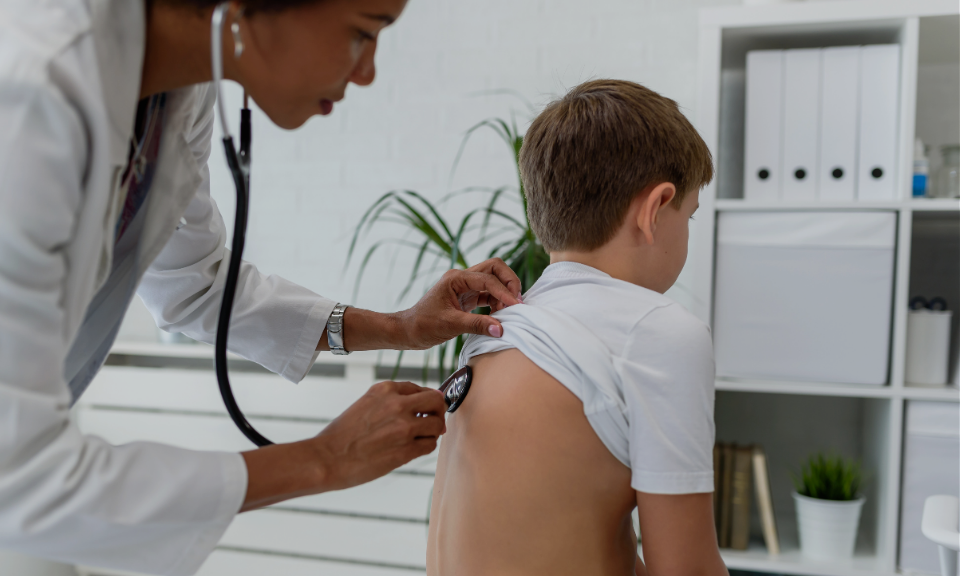 |
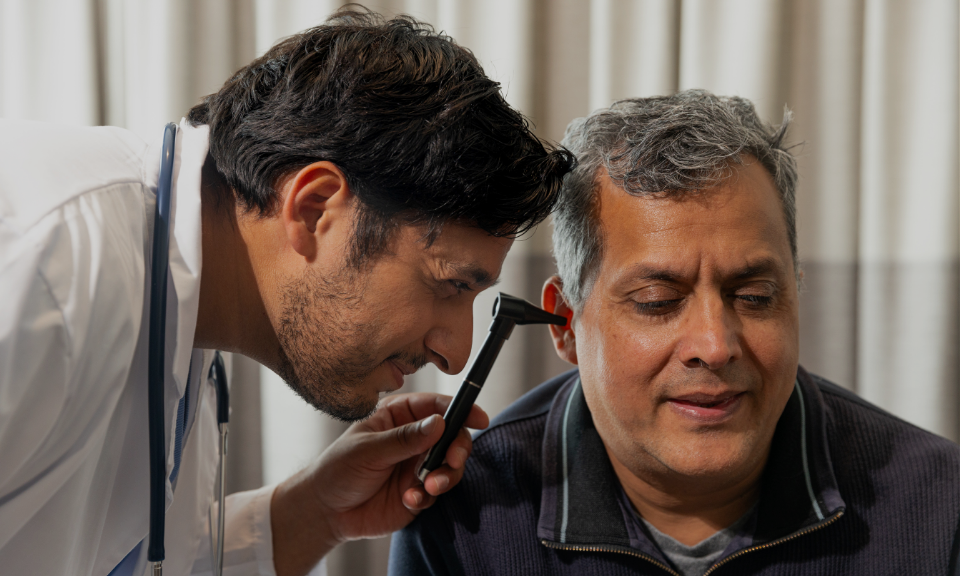 |
Medical AssessmentThe medical assessment is responsible for determining whether the individual has a diagnosed concussion or not. To provide comprehensive evaluation of individuals with a suspected concussion, the medical assessment must: rule out more serious forms of traumatic brain and spine injuries, rule out medical and neurological conditions that can present with concussion like symptoms, and make the differential diagnosis of concussion based on findings of the clinical history and physical examination and the evidence-based use of adjunctive tests as indicated (e.g., CT scan). |
Medical Assessment LetterIndividuals diagnosed with a concussion should receive a Medical Assessment Letter and follow a gradual return to school, work, and sports. Those without a concussion diagnosis should also receive a Medical Assessment Letter and can resume activities without restriction. Since the letter contains personal health information, the individual or their parent/guardian is responsible for providing it to coaches, teachers, or employers. |
 |
 |
RestThe first and most important step in recovery from a concussion is to rest for a maximum of 2 days. The Amsterdam Consensus Statement recommends relative rest for only the initial 24 to 48 hours following injury, including limited screen time. Prolonged rest may delay recovery and affect mental health. |
ExerciseReturning to light physical activity as tolerated (such as walking) in the initial 48 hours is recommended if there’s no risk of injury. Aerobic exercise within 2 to 10 days after concussion has been shown to help with recovery and prevent symptoms from persisting. Thus, progressive increases in exercise intensity are recommended, according to symptom tolerance levels, as long as there’s no risk (that is, head impact, collision or fall). Slight worsening of symptoms with exercise is acceptable as long as the symptoms improve within 1 hour. |
 |
 |
PrognosisThe symptoms of a concussion usually last between one to four weeks. Everyone’s bodies respond to concussions differently, and in some cases, it can take months to heal. If a person has had a concussion before, it may take them longer to heal the next time. |
ReferThe most common complication of a concussion is Persistent Post-Concussion Symptoms, characterized by persistent symptoms lasting more than 4 weeks after the initial injury. It is important to follow-up with a medical professional if you are worried that the person is not improving or that symptoms are prolonged. Individuals of all ages who have ongoing (persisting) symptoms should be referred for further evaluation by clinicians that have specialized knowledge in concussion. Persistent symptoms can affect your daily life and make it difficult for you to perform regular activities. Licensed healthcare practitioners with training in concussion management may include medical doctors, physiotherapists, chiropractors and athletic therapists, among others. Find a Concussion Clinic Near You. |
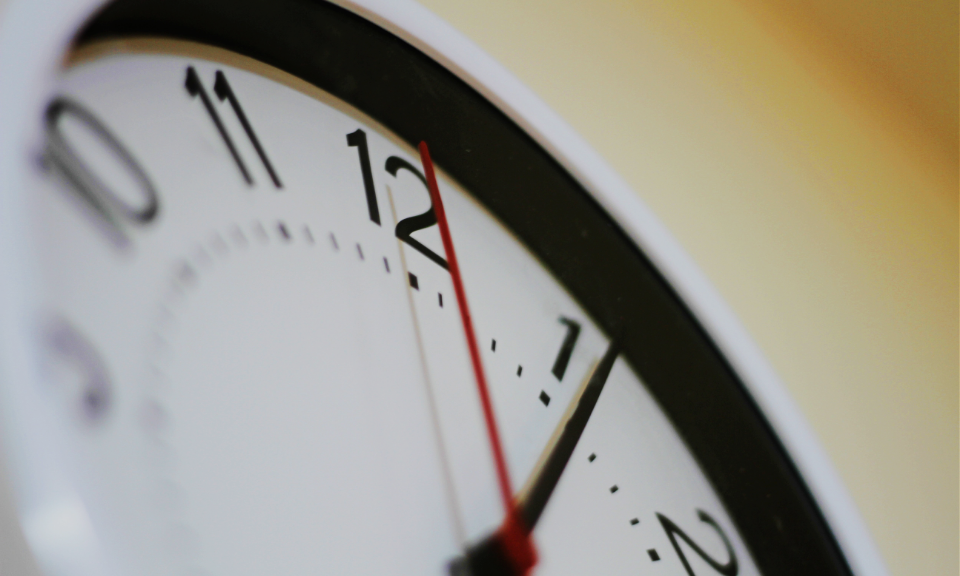 |
PreventionAlthough not all concussions can be prevented, there are steps you can take to decrease the risk of sustaining a concussion or reducing the severity of a concussion. It is also not just a one-time effort; it's an ongoing commitment that operates on multiple levels. |
Primary PreventionPrevent the concussion from happening. To prevent concussions, it's important for organizations to make changes across different areas. This includes adjusting the environment where activities happen, ensuring proper equipment and training, setting clear rules, and promoting a culture of safety. Considerations like who is most affected by concussions, how concussions occur, and when and where they happen are vital for understanding and addressing the issue. |
Secondary PreventionPrevent poor outcomes from the concussion. In the event of a concussion, timely recognition, removal from further risk, proper assessment, and management are essential for better outcomes. Establishing evidence-informed concussion policies and protocols can help prevent negative consequences resulting from delays or mismanagement. |
Tertiary PreventionPrevent long-term complications from one or more concussions. Establishing policies for better concussion management can reduce the chances of repeated injuries. Sometimes, it's advisable for individuals to consider discontinuing their participation in contact or collision sports, which is a highly individualized decision and there is no criteria to determine the best course of action. While scientific understanding of the long-term consequences of head trauma, such as neurodegenerative diseases and chronic traumatic encephalopathy (CTE), is still evolving, current research indicates that such complications are rare. Currently, there is no evidence suggesting an increased risk of these complications among amateur athletes at this time. |
Baseline TestingBaseline testing refers to the practice of having an athlete complete certain concussion assessment tools prior to sport participation to provide baseline measurements that can be compared to post-injury values in the event of a suspected concussion. Parachute Canada's Statement on Baseline Testing states, "Baseline testing using any tool or combination of tools is not required to provide post-injury care of those who sustain a suspected or diagnosed concussion and mandatory pre-season testing is not recommended". For more information you can view Parachute's Statement on Concussion Baseline Testing in Canada or view Parachute's Baseline Testing Fact Sheet |
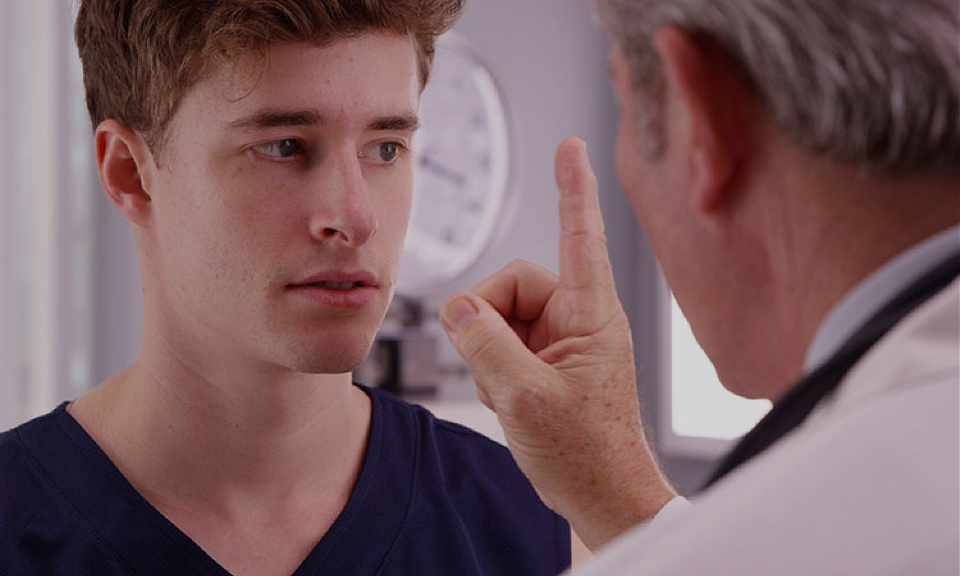 |
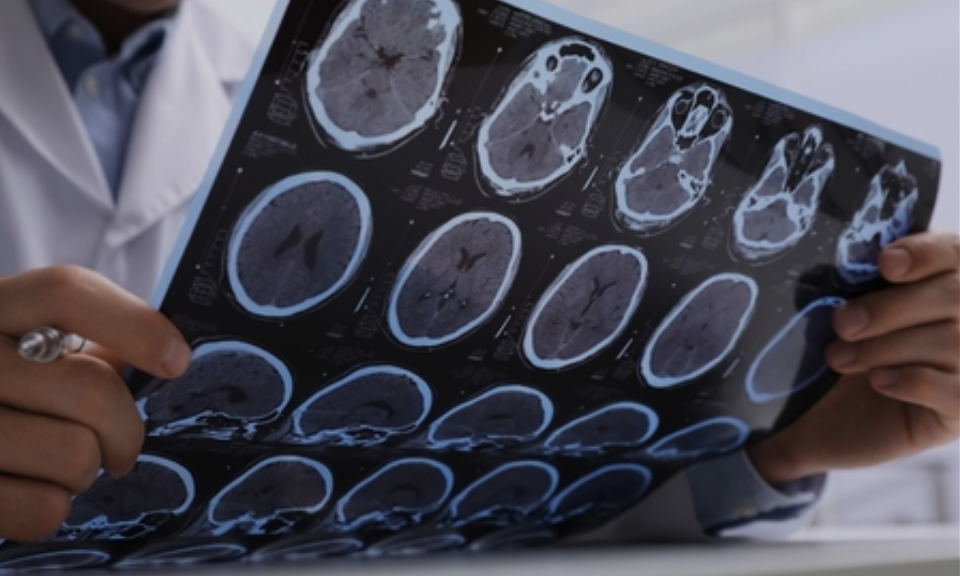 |
Second Impact SyndromeSecond Impact Syndrome (SIS) is associated with brain swelling when an individual experiences a second concussion before the complete recovery from the initial concussion. It is believed that athletes who sustain a concussion and return to their sport early are at a particularly higher risk of sustaining SIS. The management of the condition starts with prompt recognition of a sports-related concussion and protecting the athlete until they recover from the initial injury. The consequences of SIS can cause severe neurological impairment or fatality. Although SIS is an extremely rare condition and there have only been a handful of cases. |
|
Disclaimer: The content and resources contained in this site is intended for educational purposes only. It is not meant to be a substitute for appropriate medical advice or care. If you believe that you or someone under your care has sustained a concussion we strongly recommend that you contact a qualified health professional for appropriate diagnosis and treatment. The collaborators have made responsible efforts to include accurate and timely information. However the individuals and organizations listed on this website make no representations or warranties regarding the accuracy of the information contained and specifically disclaim any liability in connection with the content on this site. |



